¡Hello! to all my dear friends who make up this beautiful community.
Today I bring you a good topic of a very useful and very beneficial plant in the body for its properties although it should be noted that it also has its contraindication in its biology. Let's learn how to use it and take advantage of it. The natural will always be healthy.
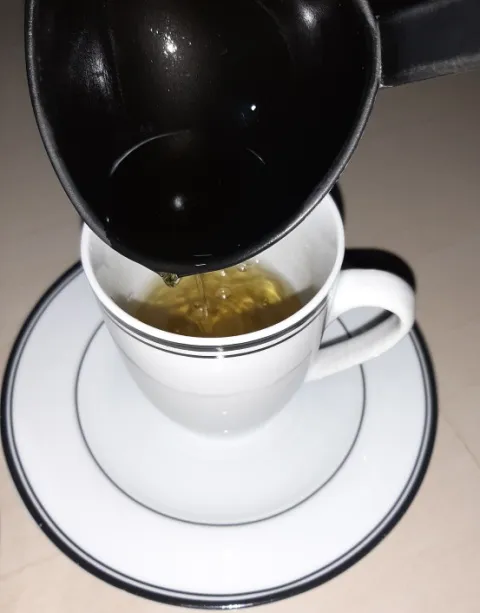

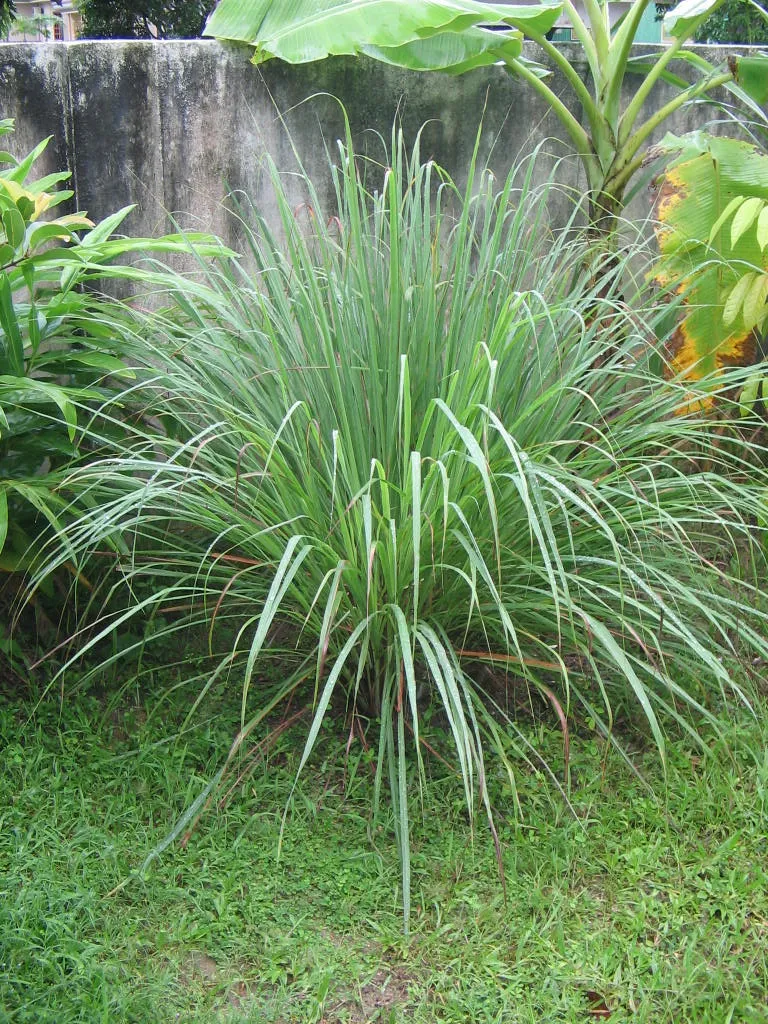

How many times have we heard about it; Mom or grandmother making us that rich tea, which gives us energy and we see it as miraculous.
Conozcamos el Malojillo (Cymbopogon citratus)
Let's know the Malojillo (Cymbopogon citratus)
Malojillo, also known as lemon grass, is a medicinal plant that has a lemon-like aroma when its leaves are cut and can be used in the treatment of various diseases, especially stomach problems.

Un poco de su biología…
A little bit of your biology...
Cymbopogon citratus is a species of herb belonging to the Poaceae family. The whole plant is used and the essential oil extracted from it contains citral, d-citronellal and geraniol. It is attributed antiseptic, digestive, carminative, broncholytic and diaphoretic effect. The essential oil has antimicrobial activity and is due to geraniol and nerol and there is a synergistic effect of myrcene with these two compounds.
IDENTIFICACIÓN / IDENTIFICATION
It is a herbaceous, perennial, aromatic and robust plant that is propagated by cuttings and belongs to the Gramineae family. The flowers are gathered in spikelets of 30-60 cm long forming clusters. The leaves are very aromatic and elongated, ribbon-like, rough, light green leaves that sprout from the ground forming dense clusters. The flowers are clustered in spikes and are seen folded like the leaves.

NOMBRES ALTERNATIVOS / ALTERNATIVE NAMES
Hierba limón.
Toronjil de caña.
Limonaria.
Limoncillo.
Zacate de limón.
Té de limón.
Pajete.
Caña de limó.
Caña santa.
Hierba de la calentura
Paja de limón.
Malojillo.
Pasto limón.
It also goes by the common names of:.
Lemongrass.
Lemon balm.
Lemongrass.
Lemongrass.
Lemon grass.
Lemon tea.
Pajete.
Lemon cane.
Caña santa.
Grass of the fever.
Lemon straw.
Malojillo.
Lemon grass.

In French it is called "citronnelle".
In northern Argentina it is known as "cedrón pasto" or simply "cedrón", although "cedrón" is also called "cedrón de árbol".
In Venezuela it is known as "malojillo" or "citronera".
It is also known as yerba luisa or hierba luisa in Chile, Peru and Ecuador, although this name is also applied to a very different but similar smelling plant, Aloysia citriodora also known as cedron.

PROPIEDADES
• De ella se obtiene el aceite esencial denominado Lemongrass.
• Es carminativo, digestivo y para el tratamiento de flatulencia.
• En infusión se utiliza como tónico aromático y febrífugo.
• Es muy usado como repelente de insectos, particularmente mosquitos
• Pese a este efecto, es en cambio, atrayente de las abejas, por lo que se utiliza para recuperar enjambres
• Tiene efecto conservante sobre algunos alimentos.
PROPERTIES.
- The essential oil called Lemongrass is obtained from it.
- It is carminative, digestive and for the treatment of flatulence.
- In infusion it is used as an aromatic tonic and febrifuge.
- It is widely used as an insect repellent, particularly mosquitoes.
- Despite this effect, it attracts bees, so it is used to recover swarms.
- It has a preservative effect on some foods.
The main active components of its extract, geraniol and citronellol, are antiseptic and confer fungistatic and even bactericidal properties.
Lemongrass grows in temperate and warm climates. It requires for its growth the presence of light. It resists the severities of winter, as it supports rainfall but not in excess. It does not tolerate fogs.
The amount of plant essential oil varies from month to month during the year, with the months of June, July and August (in the northern hemisphere) being those in which the plant produces the most essential oil. This is mainly because the heat and sunshine of these months cause the plant to accumulate more essential oil, while in wetter times the oil yield decreases.
One of the main causes for this crop to vary in its production are environmental factors (climatic, nutritional and other conditions), which directly affect the expression of the genes responsible for the production of the active principles.

BENEFICIOS
- Funciona como analgésico, antiinflamatorio y antiséptico. Calmando los dolores de cabeza y musculares, menstruales, reumáticos.
- Ayuda a eliminar los residuos tóxicos del cuerpo.
- Sirve para el resfriado, la tos y otros trastornos respiratorios como el asma bronquial.
- Es un buen digestivo y alivia los malestares estomacales. Los estudios han demostrado que es beneficioso para la prevención de trastornos gastrointestinales como las úlceras gástricas.
- Contribuye a la limpieza de la sangre, ayuda a producir glóbulos blancos.
- Es un gran aliado para combatir el nerviosismo, vértigo, convulsiones y otros trastornos neurológicos como el Alzheimer y la enfermedad de Parkinson.
- Se recomienda en tratamientos de infecciones dermatológicas, el pie de atleta, la sarna y las del tracto urinario debido a sus propiedades antimicrobianas.
BENEFITS.
1.
It works as an analgesic, anti-inflammatory and antiseptic. Soothing headaches and muscular, menstrual, rheumatic pains.
2.Helps to eliminate toxic waste from the body.
3.It is useful for colds, coughs and other respiratory disorders such as bronchial asthma.
4.It is a good digestive and relieves stomach upset. Studies have shown that it is beneficial for the prevention of gastrointestinal disorders such as gastric ulcers.
5.Contributes to blood cleansing, helps produce white blood cells.
6.It is a great ally to combat nervousness, vertigo, convulsions and other neurological disorders such as Alzheimer's and Parkinson's disease.
7.It is recommended in the treatment of dermatological infections, athlete's foot, scabies and urinary tract infections due to its antimicrobial properties.

NOTA IMPORTANTE
IMPORTANT NOTE.
Be very careful with this plant, concentrated decoctions should not be prepared because there is reference to risks of poisoning and cases of deaths of children by ingestion of large concentrations of this plant.
(2) Tazas de agua.
(4) Ramitas de malojillo.
Una pizca de azúcar.
Limón al gusto.
(2) Cups of water.
(4) Twigs of malojillo.
A pinch of sugar.
Lemon to taste.
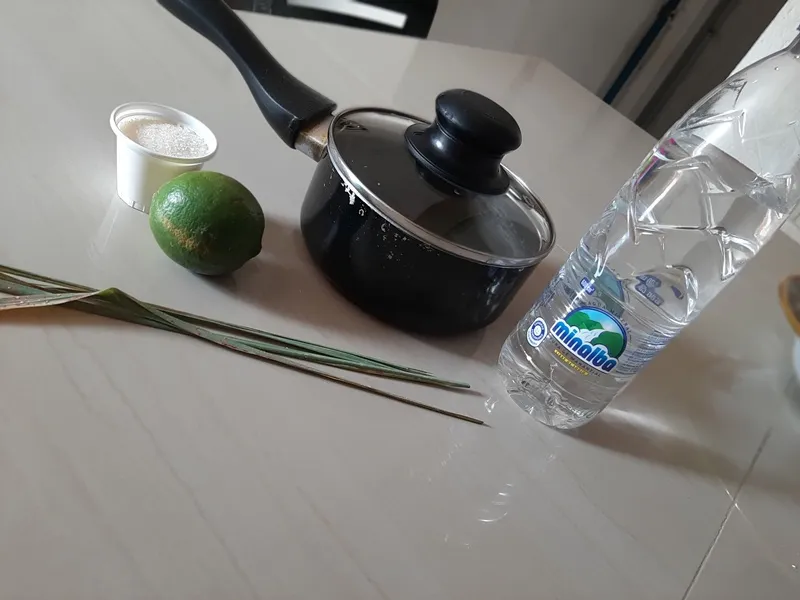

Paso 1 /Step 1
In a common pot add 2 cups of water and place 5 branches of malojillo after having washed them, add a pinch of sugar and put on the fire for 10 minutes.
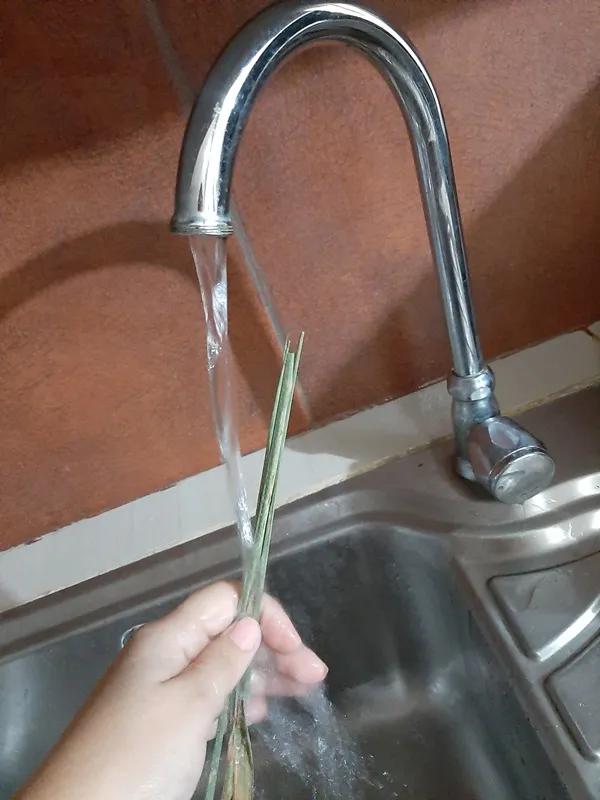



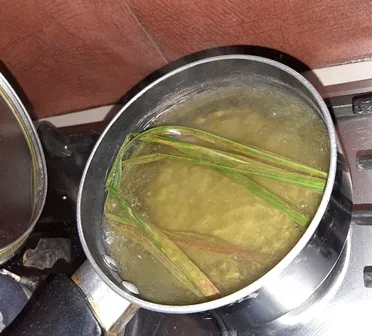

Paso 2 / Step 2
When the 10 minutes are up, remove from the heat. In particular I add a few drops of lemon juice, let stand for about 5 minutes and ready to serve my delicious tea.




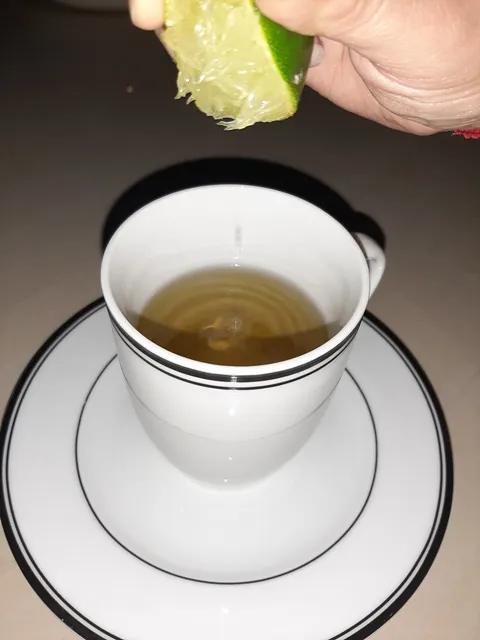



Thank you for reading me. ¡See you in a future post!
Pictures are of my authorship taken with my cell phone in the kitchen of my sweet home.
The translation was performed in Deelp translator.
La primera imagen es sacada de google. Aqui su link.
The first image is taken from google. Here is its link .
Parte de la información fue recopilada y estudiada desde la internet.
Some of the information was collected and studied from the Internet.
Aqui los link / Here are the links
https://es.wikipedia.org/wiki/Cymbopogon_citratus
https://www.slan.org.ve/publicaciones/completas/plantas_medicinales_2.asp

